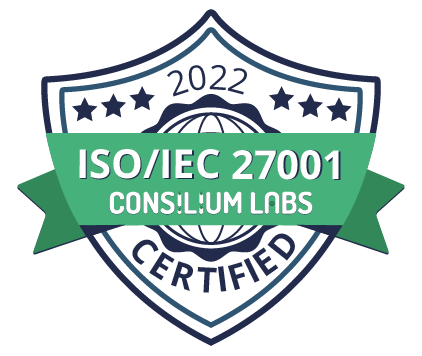Teams under pressure often brute-force results. It works, until it doesn’t. In this Radiant webinar, Ishan Sellahewa (SA Partners) walked through how standardisation turns ad-hoc effort into consistent performance, why governance matters, and how to mature operations without overspending on tech.
Why process beats pressure
Outcome-only management creates variance, burnout, and customer anxiety. A process-first model sets a reliable baseline, lifts quality, and makes improvement systematic. If the team followed the process and outcomes slipped, you improve the process, not berate the team.
The improvement journey: Reactive → Proactive → Excellent
- Reactive: No single way of working; results vary.
- Proactive: One standard way that repeatedly meets customer needs.
- Excellent: Efficient, scalable processes enhanced by the right tech/AI.
Avoid the “excellence or nothing” trap. Stabilise first, then target selective, high-return upgrades.
Start by standardising, even if it’s rough
Stability precedes optimisation. Create one current standard, then use data and problem solving to improve it. Ishan’s coffee story made it tangible: control the variables, invest smartly (small tools before big systems), and iterate as conditions change.
Make it stick: governance and documentation
- Executive sponsor: champions a process culture.
- Group owners: ensure end-to-end consistency across domains.
- Process owners: train, observe, coach, and correct.
- Participants: follow and improve the standard.
Treat processes as organisational assets. Document them, make them easy to find by role, layer details (activities → tasks → work instructions), and embed ownership on every page.
The mindset shift.
Prefer a team member who follows the process and fails (valuable signal to improve) over one who breaks it and succeeds once (unscalable luck). That’s how you build durable capability.



















.png)
.jpg)




.jpg)









.png)
.png)




.png)






























.jpg)


